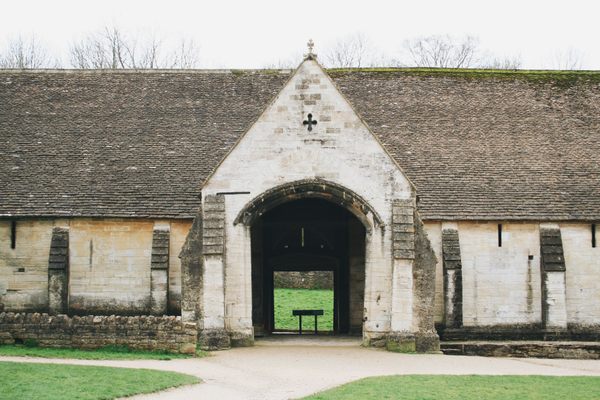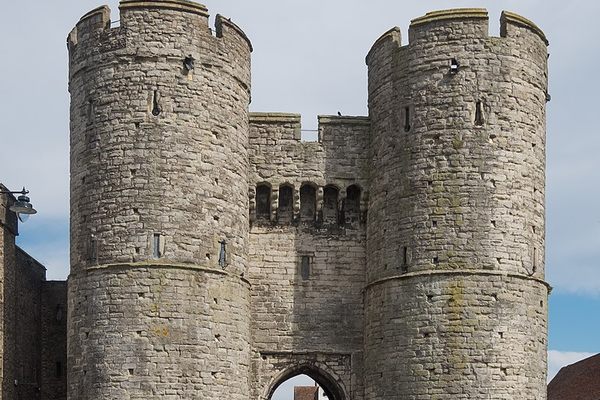About
On the left bank of the estuary of the River Corrib in Galway, Ireland, stands an impressive medieval structure. Built in 1584, the Spanish Arch is the remainder of a bastion, added to the Irish town's walls to protect merchant ships from looting. At the time, it was known as Ceann an Bhalla, or "Head of the Wall."
This length of wall was originally an extension of the much older city perimeter. It was designed to protect the quays in the part of town now known as the Spanish Parade and previously called the Fish Market. Despite its name, the people of Spain had no role in the arch's construction. The name is thought to have come from its location, where Spanish ships would dock for trading.
The Spanish Arch still stands today, though in 1755 it was partially destroyed by a tidal wave generated by the major earthquake in Lisbon that year. The wave was said to be 10 feet high when it hit the British Isles, taking just over four hours to travel the 1,000 miles from its source.
Part of the Spanish Arch once housed the Galway City Museum, but in 2006 the museum was moved to a new dedicated building just behind the structure.
There is some confusion as to whether the name “Spanish Arch” refers to just one or both of the arches in this defensive wall. The name is often used for the arch furthest from the river, while the other is called the Caoċ Arch. And to complicate things further, the entire neighborhood, which is home to a lot of popular restaurants, is also referred to as the “Spanish Arches.”
Related Tags
Community Contributors
Added By
Published
October 30, 2024































